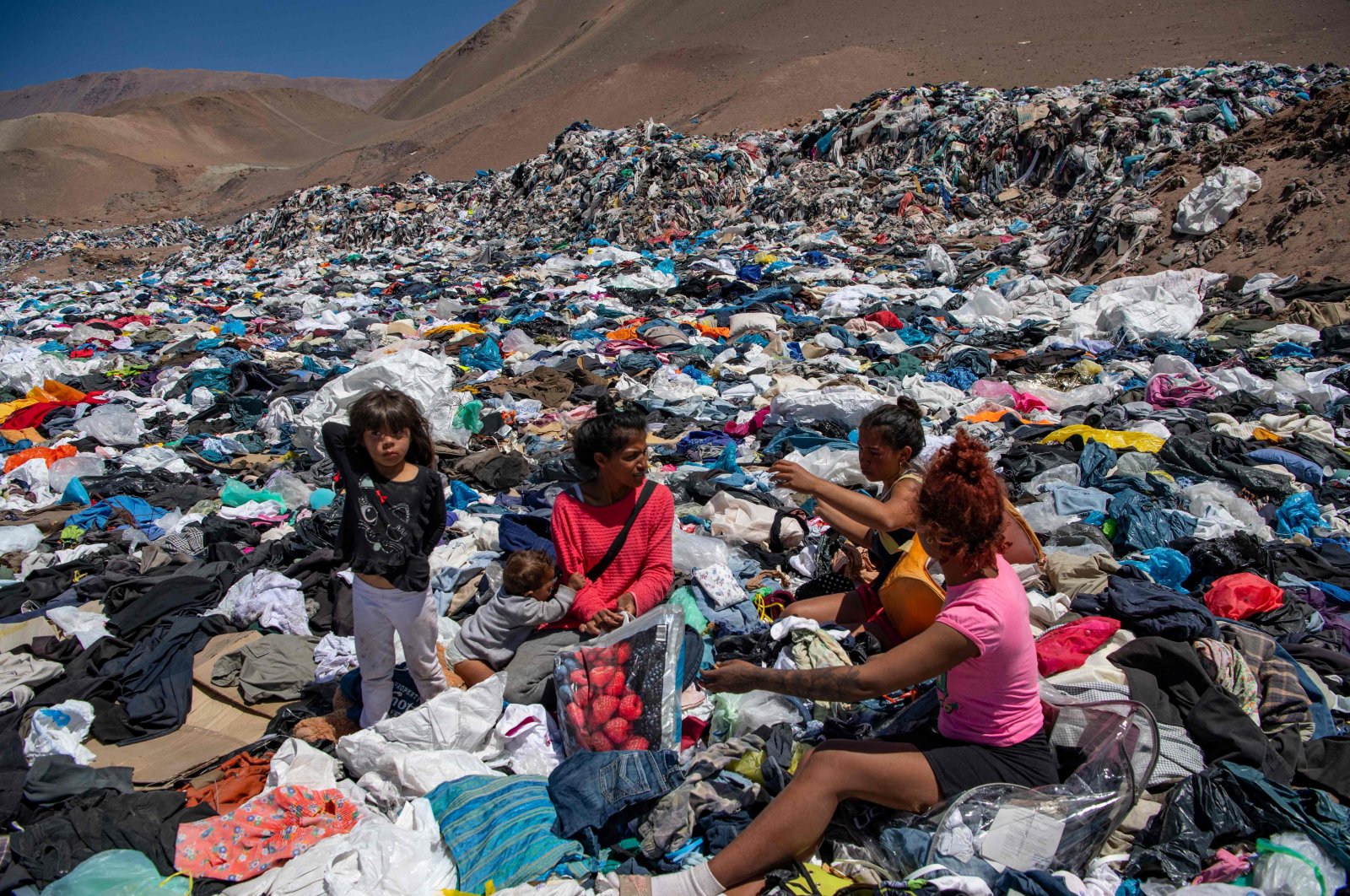Retail giants such as Forever 21, Zara and H&M cater to the demands of young consumers by providing affordable and trendy clothing. However, the fast fashion industry carries a substantial environmental burden.

The UN Environment Programme (UNEP) notes that it ranks as the second-largest consumer of water and contributes to approximately 10% of global carbon emissions which is exceeding the combined carbon footprint of all international flights and maritime shipping. Regrettably, the environmental challenges posed by fast fashion often go unnoticed by consumers.
What is Fast Fashion?
The term “fast fashion” encapsulates the rapid production and consumption of inexpensive clothing that mimics current runway styles. It reflects a business model prioritizing quick turnaround times to capitalize on prevailing trends. Due to its significant impact on the industry, fast fashion has gained prominence in discussions related to fashion, sustainability, and environmental awareness. It underscores the speed at which these garments are produced and distributed, contributing to concerns about environmental degradation, labor exploitation, and the fashion industry’s overall sustainability.
This approach enables retailers to efficiently generate substantial quantities of diverse products, offering consumers greater choices in fashion and product variation at affordable prices.
Originating in the early 1990s, ‘fast fashion’ coincided with Zara’s arrival in New York. The New York Times coined the term to describe Zara’s ambitious goal of reducing the garment production cycle to just 15 days, from initial design to retail availability.
The Downside of Fast Fashion
According to the Business Insider analysis, fashion production accounts for 10% of global carbon emissions, equivalent to the European Union. This industry contributes to the depletion of water sources, contaminates rivers and streams, and worsen the issue by discarding 85% of all textiles annually. Furthermore, washing clothes alone releases 500,000 tons of microfibers into the ocean annually, comparable to 50 billion plastic bottles.

The 2018 report by Quantis International identified vital contributors to the global pollution impacts of the fashion industry. The three primary drivers were revealed to be dyeing and finishing (36%), yarn preparation (28%), and fiber production (15%). Notably, the report highlighted that fiber production has the most substantial impact on freshwater withdrawal, water diversion or extraction from surface water or groundwater sources, and ecosystem quality.
Fast Fashion and How It Impacts the Environment
1. Microplastics
There are many brands rely on synthetic fibres such as polyester, nylon, and acrylic, which possess an alarming characteristic of taking hundreds of years to biodegrade. According to a 2017 report from the International Union for Conservation of Nature (IUCN), approximately 35% of all oceanic microplastics minuscule fragments of non-biodegradable plastic originate from the laundering of synthetic textiles, mainly polyester. This emphasizes the enduring environmental impact of materials commonly used in fast fashion and raises concerns about their contribution to the global issue of plastic pollution in oceans.
2. Water
Besides, the ecological repercussions of fast fashion extend to the depletion of non-renewable resources, the release of greenhouse gases, and the substantial consumption of water and energy. Remarkably, the fashion sector is the second-largest water user globally, demanding approximately 700 gallons to manufacture a single cotton shirt and a staggering 2,000 gallons for a pair of jeans.
An additional environmental concern lies in textile dyeing, the world’s second-largest water polluter. This is primarily due to wastewater used in the dyeing process, often discharged into ditches, streams, or rivers, as highlighted by Business Insider’s cautionary observations.
-
Energy
The conversion of plastic fibres into textiles involves an energy-intensive process that necessitates substantial quantities of petroleum. This manufacturing process also results in the emission of volatile particulate matter and acids, including hydrogen chloride. Beyond synthetic fibres, cotton, a prevalent material in fast-fashion products, it does contributes to environmental concerns.
Cotton cultivation involves pesticide use, causes health risks to farmers and raising additional environmental sustainability challenges within the industry. These factors underscore the intricate environmental issues intertwined with various fast-fashion supply chain stages.
The Social Implications of Fast Fashion
Indeed, the detrimental effects of fast fashion extend beyond environmental concerns, encompassing significant societal issues, particularly in developing economies. According to the non-profit organization Remake, a striking 80% of apparel is produced by young women aged between 18 and 24.
Disturbingly, a 2018 report from the US Department of Labor uncovered evidence of forced and child labor in the fashion industry across countries such as Argentina, Bangladesh, Brazil, China, India, Indonesia, the Philippines, Turkey, Vietnam, and others.

Rapid manufacturing in the fast fashion business often means that the pursuit of sales and profits takes precedence over the workers’ well-being. This imbalance raises serious ethical concerns, highlighting the need for a more conscientious and humane approach to fashion production and supply chain management.
In conclusion, the allure of affordable and trendy clothing offered by fast fashion retailers comes at a significant environmental cost. The industry’s staggering consumption of water, contribution to global carbon emissions, and other environmental impacts have harmed the environment.
As consumers, awareness of these challenges empowers us to make better choices, supporting initiatives prioritizing ethical and eco-friendly practices. By collectively embracing a more sustainable fashion ethos, we can contribute to a healthier planet and a more responsible future for the industry.


